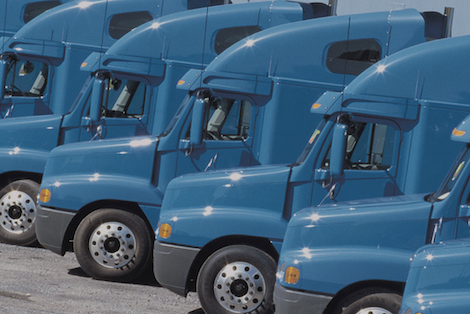There seems to be a new costly trend amongst large shippers to deploy their own private fleets to help ease transportation bottlenecks. Sherman Williams just announced it would be using a private fleet of trucks and railcars to aid suppliers’ raw materials deliveries to boost production and inventory levels.
But with a new fleet comes additional costs, added risk, and sometimes inefficiencies. Sherman Williams CEO, John Morikis, said “It’s a little less efficient than what we would like. We want to optimize our supply chain to its fullest. But when it comes down to it, we are going to choose serving our customers.”
Walmart has continued to strengthen its own private fleets to not only support store delivery but inbound shipments from its suppliers. Last month, Walmart announced that it would increase pay for its 12,000 truck drivers between $95,000 to $110,000. They also launched a dedicated training program for distribution center employees to become certified Walmart drivers. As the largest retailer shipper, Walmart spends hundreds of millions of dollars a year on intermodal freight services using its own containers and chassis, along with a private fleet of drivers for pickup and delivery. That said, not all large shippers are in the same position as Walmart, therefore don’t have the same level of resources to launch such efforts.
So instead of spending hundreds of millions of dollars on adding a private fleet, what else can a shipper do to avoid transportation bottlenecks? Innovative shippers have embraced AI-powered software to dynamically source compliant, asset-based capacity to always deliver goods on-time, and at a fair market cost. And the software seamlessly integrates with a shipper’s TMS for a small, flat annual software fee. Once configured, the software offers additional capacity when the shipper needs it just like a private fleet would but without the added costs and risk.

